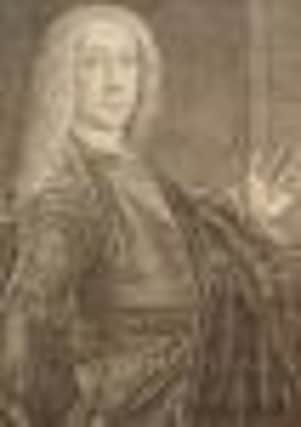Looking back


Early treatment was harsh. Blood-letting, which involved scarring of the eyelids, was believed to help improve circulation but often simply led to death.
One surgeon, John Taylor, became known as a coucher or cataract surgeon, but his dubious method of breaking up cataracts in the eye often caused more harm than good. He later confessed to blinding hundreds of patients and was accused of accelerating blindness in composers George Bach and Johan Sebastian Bach.
Advertisement
Hide AdAdvertisement
Hide AdBy 1822 the Capital had its own Edinburgh Eye Dispensary followed by an Eye Infirmary (there was another in Dalkeith) to cater for miners.
The city’s first ophthalmic surgeon was appointed in 1855. William Walker became oculist to Queen Victoria.
Photography and retinal cameras help transform eye treatment by enabling specialists to see inside the eye.
n Sight for Scotland: 100 years of ophthalmology, is at Surgeons’ Hall Museum, Nicolson Street.